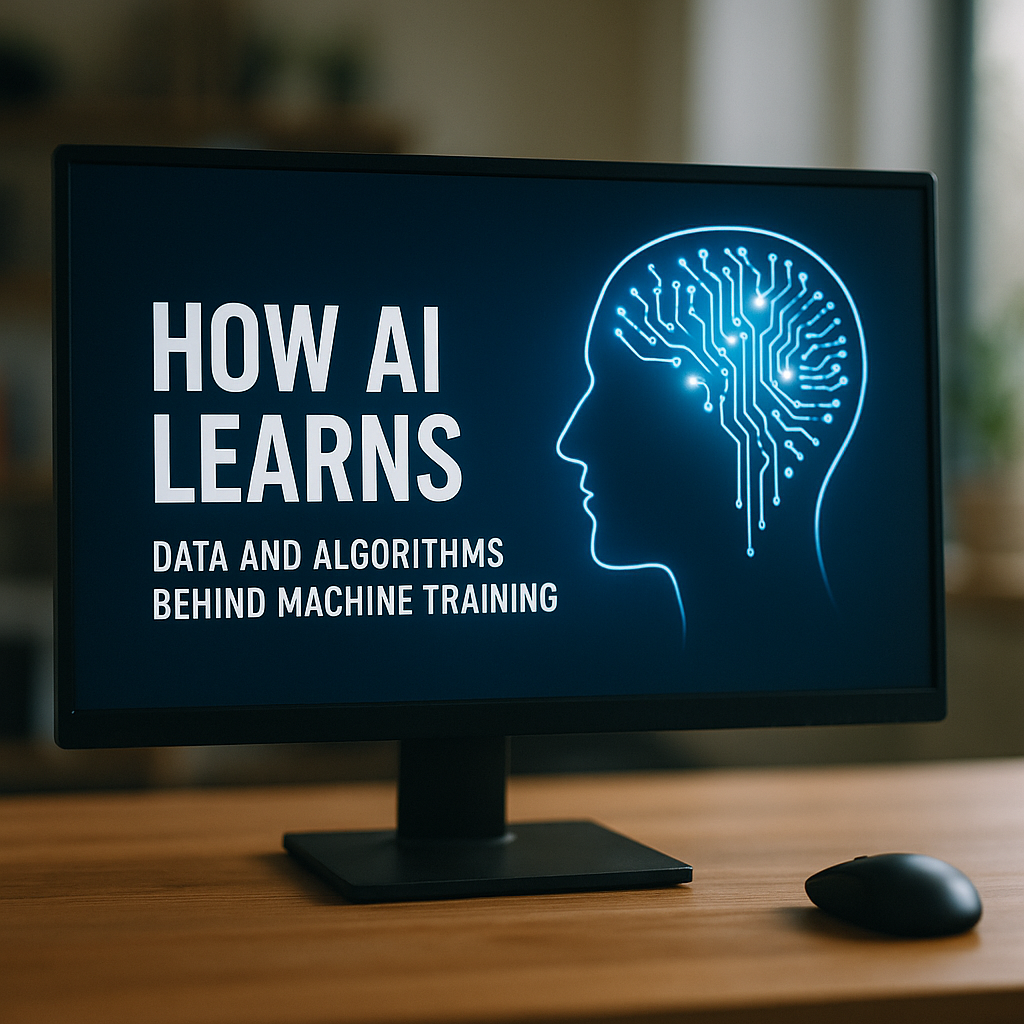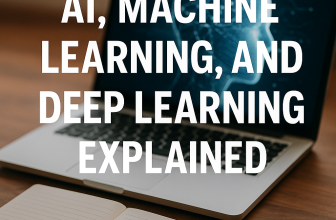
How Does AI Learn? An Introduction to Training Machines
Artificial Intelligence (AI) is rapidly reshaping our world, but how exactly do machines learn? In this article, we explore the fundamentals of how AI systems acquire knowledge, improve over time, and make decisions. From data processing to neural networks and deep learning, we break down the mechanisms behind training intelligent machines. 🤖
The Foundation: Data, Algorithms, and Learning Models
At its core, AI learning hinges on three main components: data, algorithms, and learning models. Machines learn from data in a structured process known as machine learning, where an algorithm identifies patterns and relationships in datasets to create predictive models.
There are three primary types of machine learning:
- Supervised learning: In this method, the AI is trained on a labeled dataset, meaning the input comes with the correct output. It learns by comparing its predictions with actual results to minimize error.
- Unsupervised learning: This approach uses unlabeled data. The AI tries to find hidden patterns or groupings within the data without predefined outcomes.
- Reinforcement learning: Here, the AI learns through trial and error by receiving rewards or penalties for the actions it performs within an environment.
Each type of learning serves different use cases, such as image recognition, voice assistants, recommendation engines, and game-playing AIs like AlphaGo. What they all share is a continuous feedback loop that allows the model to refine and improve its accuracy over time. 🔄






